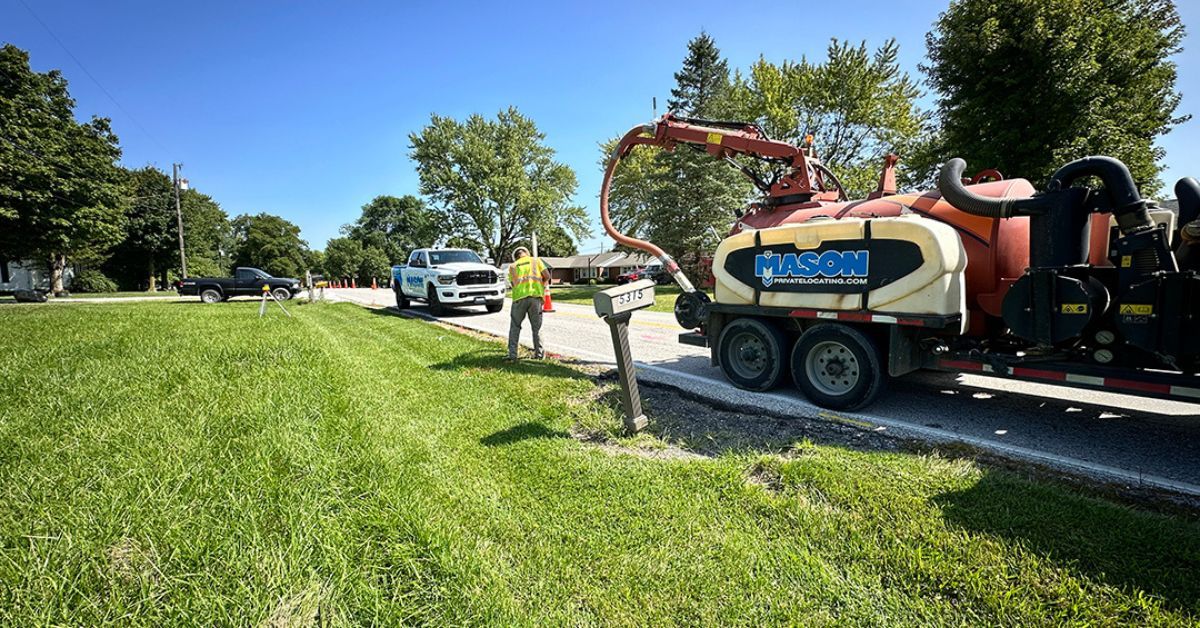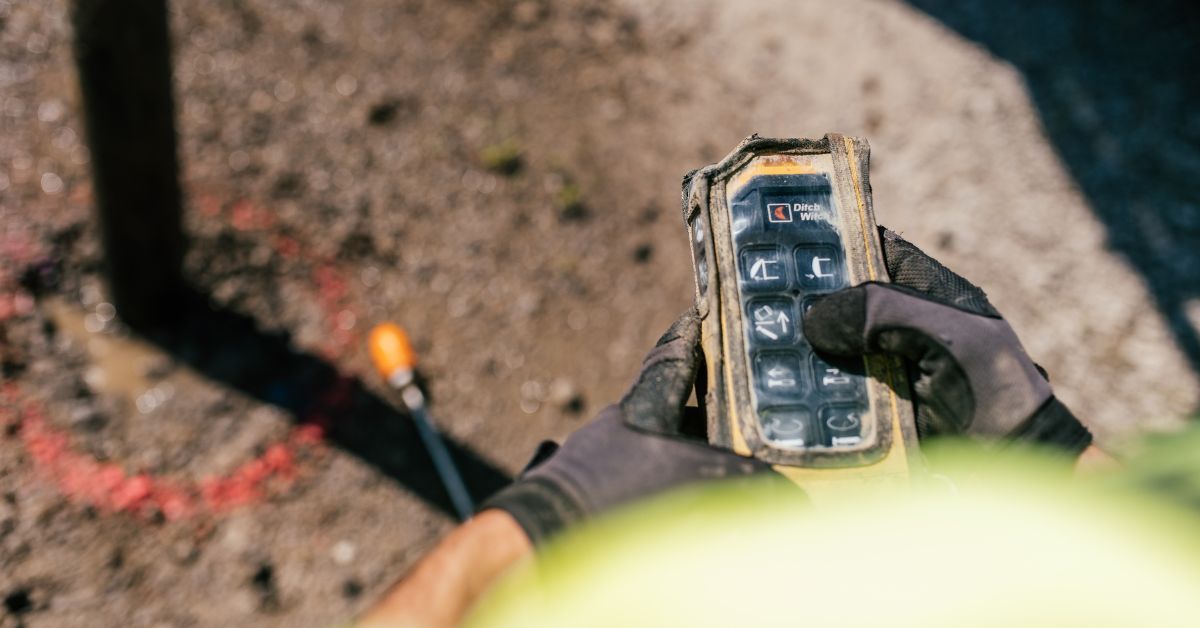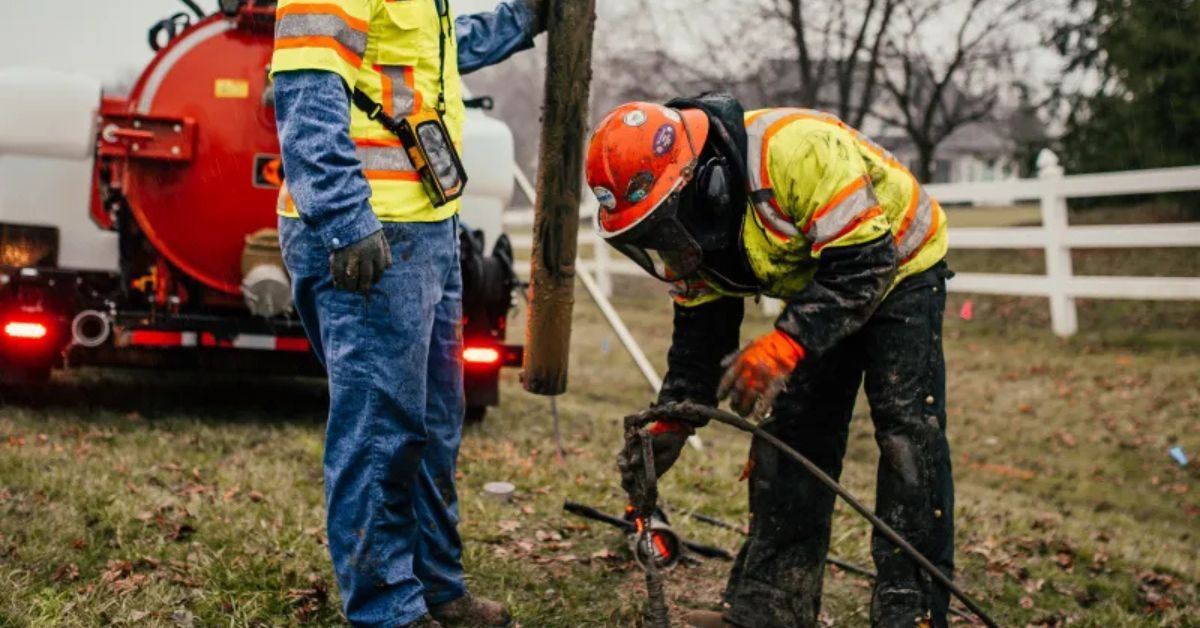
The construction industry is no stranger to hazards. From damaging underground utilities to creating unsafe working environments, the risks traditional excavation methods pose significantly complicate projects. Vacuum excavation is a game-changing technology that addresses many of these risks.
In this guide, we'll explain the ways that vacuum excavating reduces the risks of construction workers on the job and can help ensure a smooth and efficient project timeline. Keep reading to see how vacuum excavating can ensure you finish your project on time and safely.
What is Vacuum Excavation?
First, what exactly does vacuum excavation mean for construction workers and projects? Vacuum excavation, also known as "soft digging," is a non-invasive excavation method that uses high-pressure air or water and a powerful vacuum system. Instead of relying on traditional heavy machinery or manual digging, this technique carefully loosens the soil around underground assets and removes it via suction into containment units.
This method provides much better precision than conventional digging and reduces the likelihood of disturbing buried utilities. Its application extends across a range of industries, including construction, utilities, and environmental services, making it an indispensable tool for projects requiring safe, efficient, and precise excavation.
Understanding the Vacuum Excavation Process
The vacuum excavation process is methodical, ensuring minimal risk while achieving maximum precision. It begins with the application of high-pressure air or water to break up soil, effectively exposing underground utilities or digging areas without causing damage. A vacuum hose then draws up the loose material into a holding tank, removing the soil without disturbing the surrounding area.
Operators continuously monitor the process, relying on advanced technology and precise control to minimize environmental impact and safeguard underground assets. The streamlined nature of the process and its adaptability for various terrains ensure consistent results while upholding safety standards.
How Vacuum Excavating Ensures a Safe Work Site
Vacuum excavating reduces risks on the job in many ways. It ensures minimal damage to the underground utilities while preventing costly delays, decreasing impact on the environment, and more.

Minimizes Damage to Underground Utilities
Damaging vital underground utilities, such as gas lines, water pipes, and electrical cables, is a significant risk in any excavation project. Conventional digging methods, whether through heavy machinery or manual labor, can inadvertently damage these utilities, leading to costly repairs, delayed project timelines, and potential safety hazards.
Vacuum excavation eliminates this risk through its non-invasive method. There's no application of aggressive force as the process utilizes air or water to loosen the soil and safeguard subterranean infrastructure. Whether for mapping cables or excavating near sensitive assets, vacuum excavation provides unparalleled precision, protecting both the project budget and the utility network.
Reduces Worker Injuries
Traditional digging methods often place workers in hazardous conditions, from operating heavy machinery to manually shoveling in confined spaces. These unsafe scenarios can lead to everything from minor injuries to life-threatening accidents. Vacuum excavation reduces the likelihood of such incidents by automating critical aspects of the excavation process.
Workers remain at a safe distance while advanced machinery manages soil excavation. The vacuum excavation is always under control, preventing sudden incidents or collapses that can sometimes accompany conventional excavation methods that include aggressive force and soil disruption. By eliminating high-risk manual labor and equipment proximity, vacuum excavation ensures a safer work environment.
Prevents Costly Delays and Repairs
Every excavation-related accident or error disrupts the overall project flow. Striking a utility line can not only delay progress for days but also incur financial penalties and repair costs that eat into project budgets. Damaging an underground utility brings additional scrutiny to the work site and can bring liability concerns to project managers.
Vacuum excavation's precision mitigates these risks entirely. By ensuring accurate, damage-free digging, it prevents unexpected repair delays and financial burdens associated with accidents. Contractors and safety professionals can rely on vacuum excavation to keep projects running on schedule and under budget, bolstering productivity and client trust alike.
Decreases Environmental Impact
Traditional excavation methods often displace large amounts of soil and nearby materials uncontrollably, leading to environmental disruption. Erosion, sediment runoff, and improper material disposal are some common consequences that harm surrounding ecosystems and result in non-compliance with environmental regulations.
Vacuum excavation contains and manages displaced materials with precise control, reducing environmental strain. The process stores the soil and debris the vacuum removes within a holding tank securely, preventing contamination or runoff. This reduces the ecological footprint of excavation projects without compromising efficiency.

The Different Types of Vacuum Excavating
Mason Private Locating (MPL) can provide reliable vacuum excavation services for your project. Whether you need utility location verification or need to excavate to lay a pipe, MPL can help.
Test Holes
Test holes, also known as potholing, are for exposing underground utilities, such as gas lines, water pipes, or electrical conduits. This minimizes the risk of accidental damage during construction or repair projects. By creating small, accurate holes, crews can verify the exact position of utilities with minimal surface disruption, ensuring compliance with regulatory standards while saving time and costs.
Trenching
Trenching is another application of vacuum excavation that creates narrow, elongated cuts in the ground. This is ideal for laying pipes, cables, or other utilities, as it provides precise excavation without causing excessive damage to surrounding areas. Vacuum excavation in trenching maximizes efficiency by reducing the need for traditional heavy equipment and minimizing the cleanup required afterward.
Slot Trenching
When crews need to create a trench in a confined space, slot trenching is a useful vacuum excavation technique. Slot trenching involves creating precise, narrow trenches, often for utility installations or repairs, in confined spaces where traditional methods may not be feasible. The accuracy of slot trenching ensures minimal disruption to existing infrastructure and reduces soil displacement, leading to a cleaner and more efficient process.
Remote Excavation
For hard-to-reach areas, there's remote vacuum excavation. By using long hoses or boom attachments, crews can safely remove soil, debris, or other materials from locations that are inaccessible to standard equipment. This method is invaluable for projects in urban environments or locations with restricted access.
Enlist MPL's Vacuum Excavating Services for Your Project
Vacuum excavation is the clear solution for reducing risks while ensuring cost efficiency and timely project delivery. Its precision, adaptability, and safety benefits make it an indispensable tool for modern construction and excavation professionals.
If you could use vacuum excavation for your next project, MPL is the premier choice with our high-tech equipment and experienced operators. Contact us today to unlock the full potential of vacuum excavation for your project.













